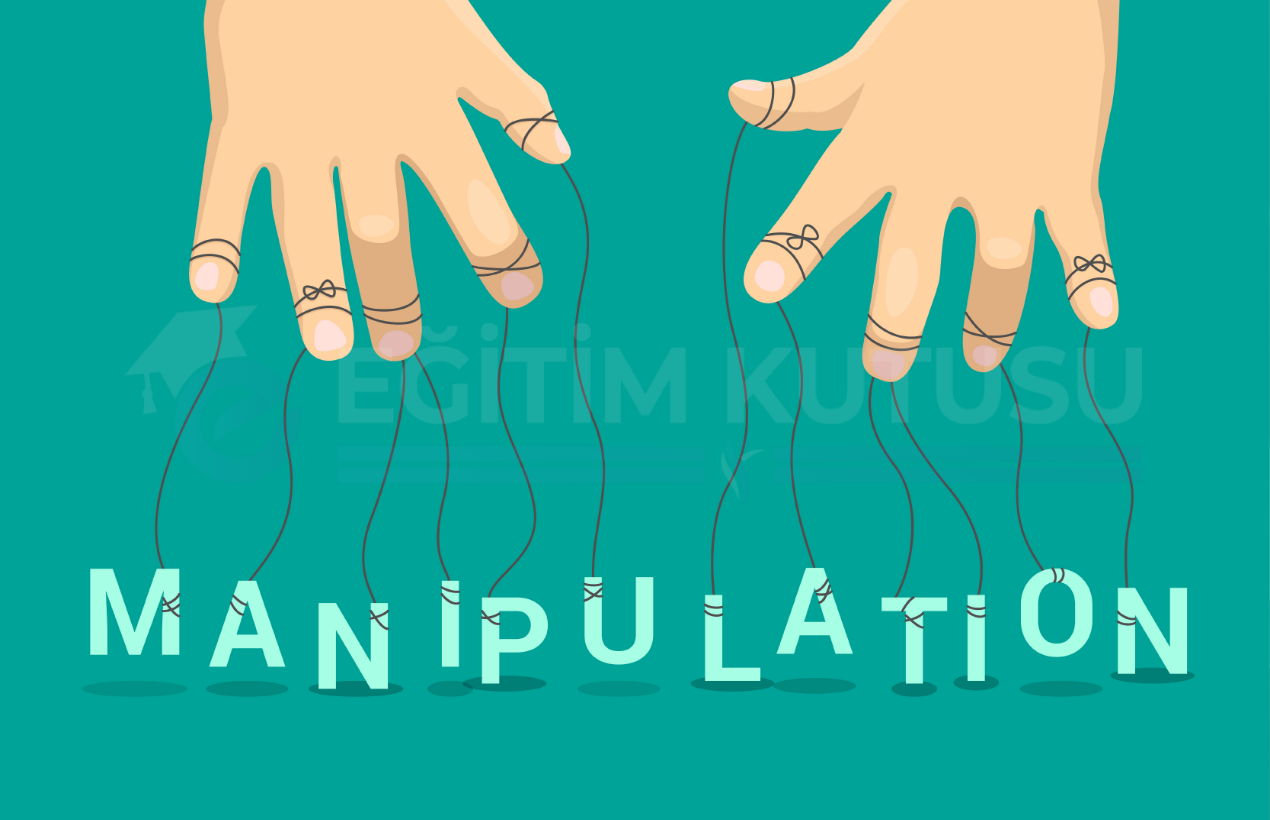What is Gaslighting in Relationships – Gaslighting is a manipulative tactic often used in relationships to make one person doubt their own perceptions, memories, and sanity. It is a form of psychological abuse where the gaslighter seeks to gain power and control over their partner or victim by distorting their reality and undermining their sense of self. In this article, we will explore the concept of gaslighting, its signs and examples, the psychological impact it can have, and strategies for recognizing and coping with gaslighting.
Introduction
Gaslighting is a term that originated from the 1944 film “Gaslight” starring Ingrid Bergman. In the movie, the husband systematically manipulates his wife’s perception of reality, making her doubt her own sanity. Today, the term is widely used to describe similar manipulative behaviors in relationships.
1. Definition of gaslighting
Gaslighting refers to the psychological manipulation of an individual to make them question their own thoughts, feelings, and judgments. The gaslighter employs various tactics to undermine the victim’s confidence, making them doubt their own reality.
2. Historical origins of the term
The term “gaslighting” comes from the film “Gaslight,” in which the husband manipulates the gaslights in the house, causing them to flicker. When the wife notices the flickering lights and questions her sanity, the husband convinces her that she is imagining things. This psychological manipulation forms the basis of the term “gaslighting.”
Signs and Examples of Gaslighting
Gaslighting behaviors can vary in intensity and frequency, but they all serve the purpose of exerting power and control over the victim. Here are some common signs and examples of gaslighting in relationships:
3. Manipulation and invalidation of feelings
Gaslighters often dismiss or invalidate their partner’s emotions, making them feel like their feelings are unjustified or unwarranted. They may say things like, “You’re overreacting” or “You’re too sensitive.”
4. Distorting reality and facts
Gaslighters frequently twist facts or manipulate situations to make their partner doubt their memory or perception of events. They might deny saying or doing something, even when there is clear evidence to the contrary.
5. Blaming the victim
Gaslighters often shift blame onto their partner, making them feel responsible for the problems in the relationship. They may say things like, “You’re the reason I’m always angry” or “If only you were different, we wouldn’t have these issues.”
6. Undermining confidence and self-esteem
Gaslighters aim to erode their partner’s self-esteem and confidence by constantly criticizing them or making derogatory remarks. Over time, the victim may lose faith in their abilities and become dependent on the gaslighter for validation.
7. Isolating the victim
Gaslighters may isolate their partner from friends, family, or other support systems. By cutting off external sources of validation and perspective, the gaslighter gains greater control over the victim’s thoughts and actions.
Psychological Impact of Gaslighting
Gaslighting can have severe psychological consequences for the victim. The manipulation and psychological abuse can lead to various emotional and mental health effects.
8. Emotional and mental health effects
Victims of gaslighting often experience intense emotions such as confusion, anger, frustration, and sadness. They may find themselves constantly on edge, anticipating the next manipulative tactic from their partner.
9. Self-doubt and confusion
Gaslighting can create a state of constant self-doubt in the victim. They may question their judgment, memory, and even their own sanity, which can lead to a loss of confidence and a distorted perception of reality.
10. Anxiety and depression
The chronic emotional manipulation and invalidation can contribute to the development of anxiety and depression in the victim. The constant stress and uncertainty created by gaslighting take a toll on their mental well-being.
11. Trauma bonding
Gaslighting often leads to a phenomenon known as trauma bonding, where the victim develops an unhealthy attachment to their abuser. This bond is characterized by feelings of loyalty and dependency, making it challenging for the victim to break free from the abusive relationship.
Recognizing and Coping with Gaslighting
Recognizing gaslighting is an essential step towards regaining control and protecting oneself from further harm. Here are some strategies for recognizing and coping with gaslighting in relationships:
12. Trusting your instincts
If something feels off or manipulative in your relationship, trust your instincts. Gaslighters often rely on their victims’ self-doubt to maintain control. Pay attention to any inconsistencies or patterns of manipulation.
13. Building a support network
Reach out to trusted friends, family, or professionals who can provide support and perspective. Having a strong support network can help validate your experiences and provide a safe space to express your emotions.
14. Setting boundaries
Establish clear boundaries and communicate them assertively. Gaslighters may try to push boundaries or manipulate them, so it is crucial to stand firm and prioritize your well-being.
15. Seeking professional help
If you are struggling to cope with the effects of gaslighting, consider seeking therapy or counseling. A trained professional can provide guidance, support, and strategies to heal from the psychological trauma.
Conclusion
Gaslighting is a harmful form of psychological manipulation that can have severe consequences for individuals in relationships. By understanding the signs, examples, and psychological impact of gaslighting, individuals can recognize and cope with this form of abuse. Trusting one’s instincts, building a support network, setting boundaries, and seeking professional help are vital steps towards breaking free from gaslighting and reclaiming one’s sense of self.
FAQs
1. How do I know if I’m being gaslighted?
Gaslighting can be difficult to recognize, but some signs include feeling confused, doubting your own memory, and constantly questioning your perceptions. Trust your instincts and seek support if you suspect gaslighting in your relationship.
2. Can gaslighting occur in any type of relationship?
Gaslighting can occur in various relationships, including romantic partnerships, friendships, family relationships, and work environments. It is not limited to any specific type of relationship.
3. What should I do if I suspect someone is gaslighting me?
If you suspect gaslighting, prioritize your well-being. Reach out to a trusted friend, family member, or professional for support and guidance. Consider setting boundaries and seeking professional help if needed.
4. Is gaslighting a form of emotional abuse?
Yes, gaslighting is a form of emotional abuse. It involves manipulating someone’s perception of reality, emotions, and thoughts, which can have severe psychological consequences for the victim.
5. Can gaslighting be unintentional?
Gaslighting is often intentional, as the gaslighter seeks to gain power and control over the victim. However, some individuals may engage in gaslighting behaviors without realizing the harm they are causing. It is essential to address and address these behaviors to promote healthy and respectful relationships.




